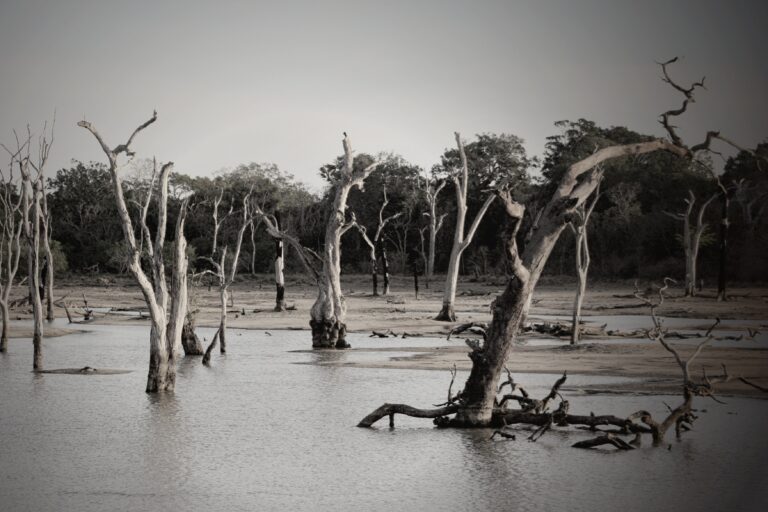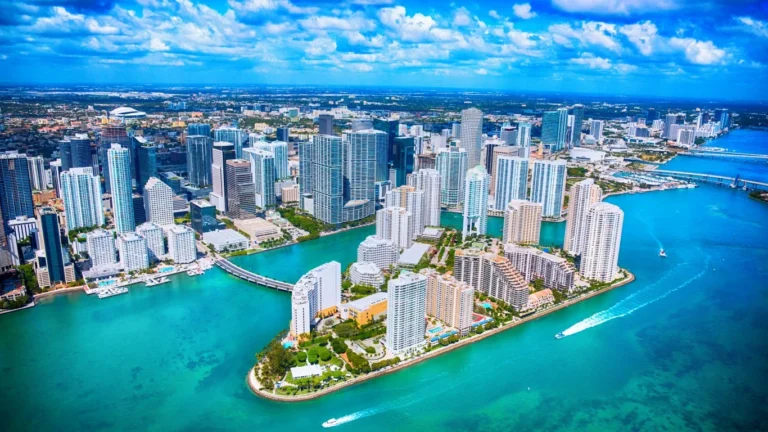America’s Dying Ski Industry

Winter 2024 has been a mild and short-lived season in much of the United States. According to the National Oceanic and Atmospheric Administration, January temperatures averaged 32.6 degrees Fahrenheit in the Eastern U.S, 4.0 degrees higher than the 20th century average. In the West, the average temperature was 32.5 degrees in January, 2.4 degrees above the historical baseline. While official temperature readings for February have not yet been published, early indications suggest last month may have been even more atypical, as cities across the country reported record daily highs that exceeded benchmark averages by as much as 40 degrees.
For seasonal businesses that depend on snowfall and freezing temperatures, like ski resorts, the lost winter of 2023-2024 has presented challenges that may only be a preview of what’s to come.
Drawing in an estimated 11.6 million participants in the winter of 2022-2023, downhill skiing and snowboarding are among the most popular outdoor activities in the United States. In many American communities, from the Northeast to the Rocky Mountains, downhill snowsports are also an economic pillar. Ski resorts generate $58.9 billion in economic activity annually and employ over half a million Americans. But, in much of the country, rising temperatures are putting the entire business model in jeopardy.
While El Niño is partially to blame for higher temperatures in the last two months, climate change is also a contributing factor – and one that isn’t going away anytime soon.
Historically, ski areas have been able to operate in seasons with limited precipitation by making artificial snow. But there is little anyone in the industry can do to address the impact of a warming climate. Generally, 28 degrees is the ideal temperature for snowmaking, and if temperatures are above freezing, snow – artificial or otherwise – will melt away.
Because of climate change, virtually every ski mountain in the U.S. will have reduced seasons in the coming decades. And for many lower elevation mountains, particularly in the Northeast, rising temperatures will pose an existential threat.
According to a 2015 study, under a high-emissions climate change scenario, the number of ski areas with a reliable snow base is projected to fall by 50% in Maine and New Hampshire, and by nearly 80% in New York by the 2050’s. In both New Hampshire and New York, the share of ski areas that can operate during the critical period between Christmas and New Years is expected to fall by even more. In Connecticut and Massachusetts, virtually no ski areas will likely be viable in 30 years if global emissions are not greatly reduced.
Problems will not be confined to the Northeast. A separate study, published in 2017, found that Truckee, California, a launching point for ski areas around Lake Tahoe, including Boreal Mountain, may no longer have a downhill winter season in the coming decades. Historically, Truckee had an average of 41 days below freezing each year. But, under a moderate emissions scenario, the number of days below freezing in the area is expected to drop to 20 as early as 2080, and to just eight under a high emissions scenario.
Other Western resort towns – including Whitefish, Montana, Park City, Utah, Bend Oregon, and Ketchum, Idaho – could see the number of days below freezing fall by about half by the end of the century under a high emissions scenario.
The extent to which the ski season is impacted in much of the U.S. in the coming years will depend largely on the success or failure of global emissions reduction initiatives. While some businesses in the industry will be able to survive – either by raising lift ticket prices, limiting skiable acreage to higher elevation areas, or diversifying into other ventures in the off season – many others will not.
More from ClimateCrisis 247
- Phoenix Posts 13 Days Over 110 Degrees
- Florida Homeowners Face Drastic Home Price Cuts
- Tampa Real Estate Continues To Fall As Miami Softens
- Climate In A Bottle






